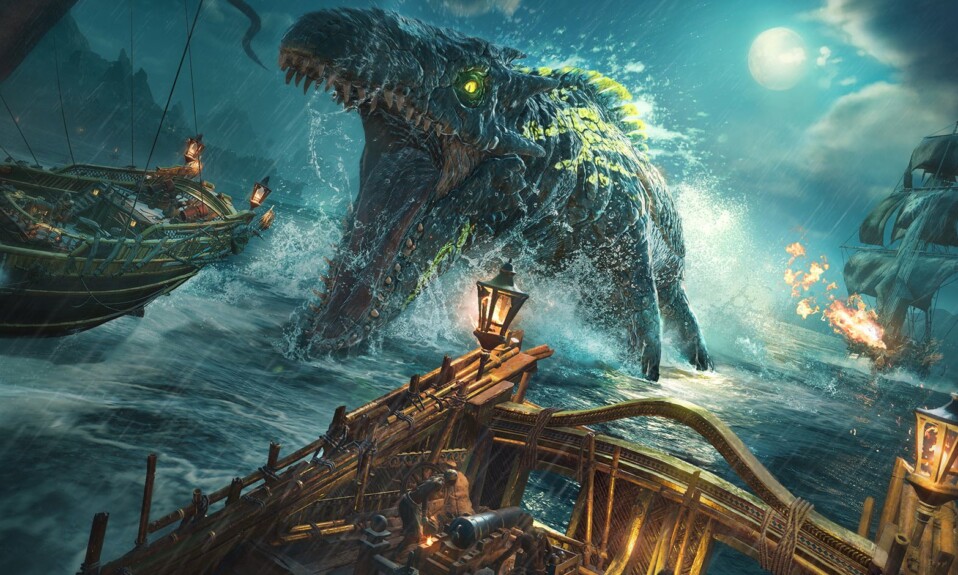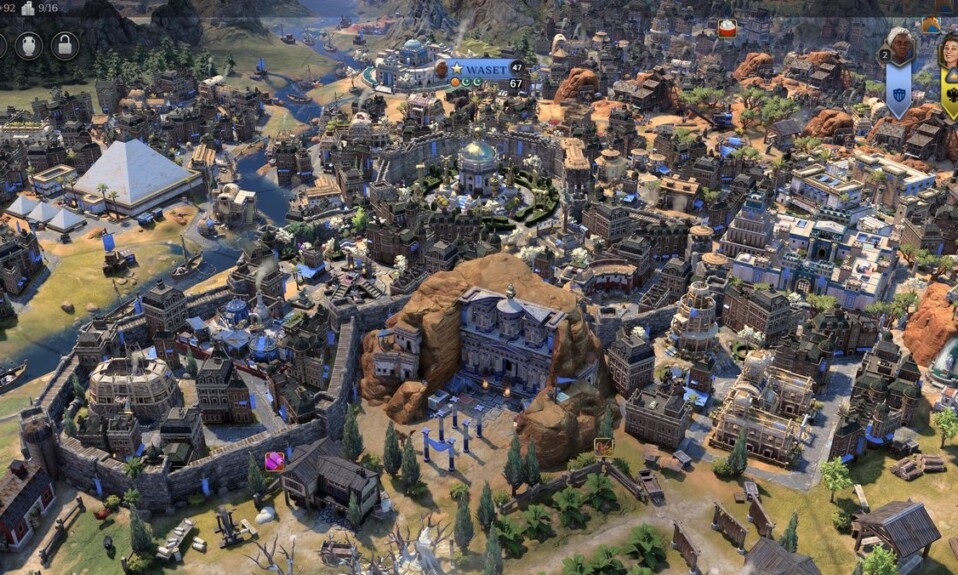A breakdown of Ubisoft’s AAAA game ‘Skull and Bones’ and its struggle with low player counts, criticisms of high pricing, and mixed feedback from its players.
Table of Contents
TL;DR
- 🎮 In February 2024, Ubisoft released their first AAAA game, 'Skull and Bones,' developed by Ubisoft Singapore for $70. 💰
- 📉 Latest data shows below-par player numbers with less than one million players across all platforms, including PlayStation 5, Xbox Series X|S, PC, and Amazon Luna. 🎮
- 📊 The game is played for an average of three to four hours daily by its active users, but the percentage of trial players who bought the full version is still unknown. 🕓
- 💵 The hefty price tag has been controversial and is a potential reason for the low player count. An internal staff member suggested the price to be ideally between $30 and $40. 🏷️
- 🤕The development of the game was fraught with difficulties, spending a massive $200 million in the process, which will struggle to be recouped in the projected income.💸
- 👥 Player feedback has been mixed, with a Metacritic score of 57 and a user score of 3.1 based on 684 ratings. Criticisms point to repetitive gameplay and a mismatch between the game's cost and perceived value.🎲
- 📚 The initial response to 'Skull and Bones is a lesson for future AAAA projects about the importance of matching game pricing with its perceived value. 🎯
The Ill-fated Journey of Ubisoft's 'Skull and Bones'
In February 2024, game developer Ubisoft ventured into uncharted territory with their first-ever AAAA game, 'Skull and Bones.' With a steep price tag of $70, expectations were high for this title developed by Ubisoft Singapore, inspired by the previous hit 'Assassins Creed IV: Black Flag.' However, new data indicates trends concerning Skull and Bones player numbers.
A Slow Start for Skull and Bones
Early reports indicate that Skull and Bones has amassed less than one million players across all platforms, including PlayStation 5, Xbox Series X|S, PC, and Amazon Luna. The figures suggest a lukewarm reception, with the current count hovering around 850,000, including those who participated in Ubisoft's complimentary eight-hour trial. Aside from the standard analytics, its active users reportedly play the game for an average of three to four hours daily. However, the proportion of trial players who opted to buy the game remains unknown and will be clarified after Ubisoft's earnings report in May 2024.
Concerns around Ubisoft's Pricing Strategy
One of the potential reasons for the lackluster player count might be Ubisoft's decision to launch the game at a fully loaded price of $70. This move has stirred up considerable controversy within the gaming community and internally amongst Ubisoft's team. A Ubisoft staff member reportedly voiced their concerns to Insider Gaming, believing the game would ideally be priced between $30 and $40.
The Costly Development of Skull and Bones
The development of the Skull and Bones project was far from smooth sailing. Ubiquitous reports of internal tension and the colossal sum of $200 million spent on the game spelled for a turbulent production cycle. Despite the hefty investment in development, financial projections for the game are dismal; anticipations are rife that it will fail to generate revenue close to its cost.
| Metrics | Scores |
|---|---|
| Metacritic score | 57 |
| User score (based on 684 ratings) | 3.1 |
Player Feedback: A Mixed Bag
The game has garnered mixed responses from its players. The current Metacritic titles stand at a middling 57, with a user score of 3.1 based on 684 ratings. Players have voiced frustration over the monotony of missions and an excessive grind for minimal payoff. This feedback underlines a gap between the high cost of the game and the perceived value it delivers. In conclusion, the initial response to Ubisoft's Skull and Bones illustrates how setting high game pricess can backfire, even if the game comes from a reputable developer with a significant investment in time and resources. The experience of Skull and Bones thus serves as a lesson for future AAAA projects. Players' willingness to pay a premium depends heavily on the perceived value of the game.
Image Source: www.digitaltrends.com











